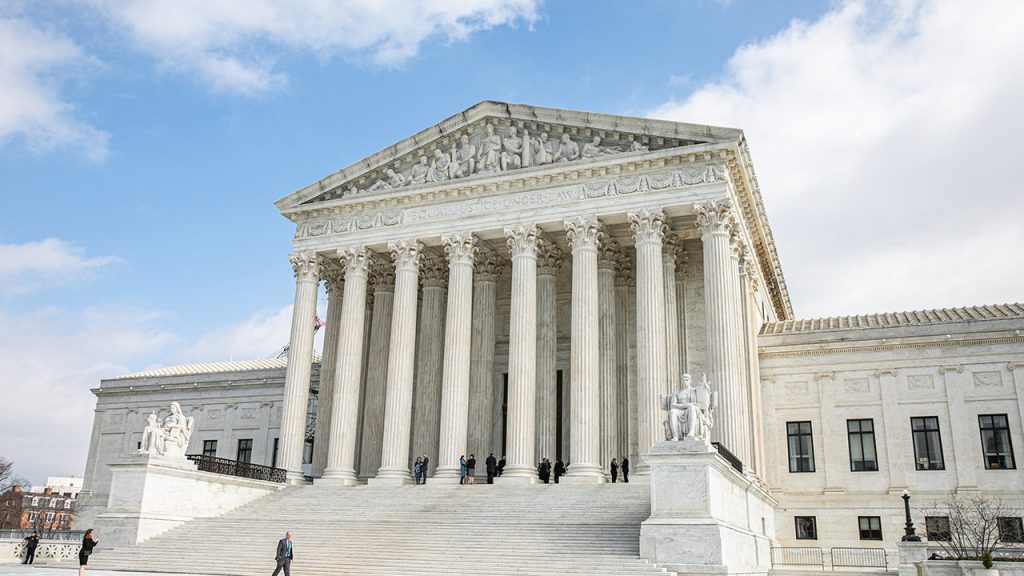The Supreme Court’s refusal to hear challenges to gun laws in Delaware and Maryland underscores the ongoing tension between gun control advocates and Second Amendment proponents, leaving lower court decisions in place and highlighting the complexity of navigating firearm regulations in the United States. This inaction allows Delaware’s ban on assault-style rifles and high-capacity magazines and Maryland’s stringent handgun licensing requirements to stand, reflecting a cautious approach by the court, even with its conservative majority. These cases represent the continuing legal battleground over gun control in America, with each side invoking constitutional arguments and historical precedents to support their position.
Delaware’s 2022 gun safety laws, sparked by national concerns over mass shootings and the proliferation of high-powered firearms, prohibit the sale of specific semi-automatic weapons, often referred to as "assault weapons," including popular models like the AR-15 and AK-47. The law, however, grandfathers in existing owners of these firearms under specific conditions, recognizing a degree of pre-existing ownership rights while attempting to curb future acquisition. The challenge to this law, brought by gun enthusiasts and advocacy organizations, argued that the ban infringed upon Second Amendment rights, but the Supreme Court’s refusal to hear the case leaves the Delaware law intact.
Maryland’s handgun licensing requirements, enacted in response to the tragic Sandy Hook Elementary School shooting, represent a different approach to gun control, focusing on regulating access to handguns by imposing pre-purchase prerequisites. The law mandates safety training, fingerprinting, and background checks, creating hurdles that opponents argue unduly restrict the ability of law-abiding citizens to exercise their Second Amendment rights. The Supreme Court’s decision not to intervene leaves this law in effect, reflecting a trend of allowing states to implement varied approaches to gun control.
The 2022 Supreme Court ruling in New York State Rifle & Pistol Association Inc. v. Bruen casts a long shadow over these cases, establishing a new standard for evaluating gun laws based on their historical consistency with early American gun regulations. This decision has significantly shifted the landscape of gun control litigation, requiring courts to delve into historical analysis to determine the constitutionality of modern firearm restrictions. The lower courts’ grappling with the Bruen decision in these Delaware and Maryland cases exemplifies the practical challenge of applying this historical test.
The Fourth Circuit Court of Appeals, in its review of the Maryland handgun licensing law, initially struck down the law based on the Bruen decision, finding insufficient historical analogues for such restrictions. However, the full appeals court later reversed this decision, arguing that the law did align with historical precedents for regulating firearms. This back-and-forth within the appeals court process reveals the ongoing struggle to interpret and apply the Bruen standard, further demonstrating the complex legal terrain surrounding gun control.
The Supreme Court’s decision to decline these cases, even with a conservative majority, potentially signals a strategic approach to avoid further entrenching divisions over gun control or perhaps a desire to allow lower courts to further develop the application of the Bruen test before wading back into this contentious issue. The outcomes in Delaware and Maryland highlight the ongoing patchwork of state gun laws across the nation, and the Supreme Court’s inaction leaves these specific laws in place while the broader debate over the Second Amendment and gun control continues. The future of gun control legislation and litigation will likely continue to revolve around the interpretation and application of the Bruen decision and the balancing act between the right to bear arms and the need for public safety.

